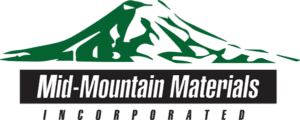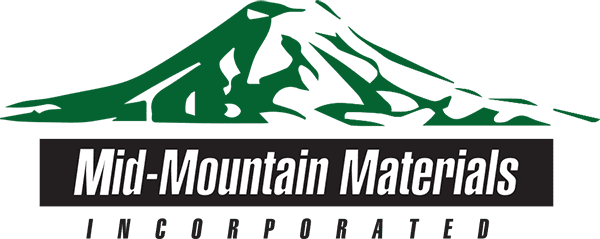Protective heat shields are used as barriers to sources of extreme heat; usually some sort of mechanical sub-system that inherently generates high temperatures. Alternatively, certain high-performance applications require protective thermal management solutions that manage heat generated by high speeds. Aviation increasingly requires both, with conventional turbine-driven aircraft using lightweight firewalls and insulation to prevent the egress of heat from the carburettor, while high-speed planes demand nose-mounted heat shields to combat the effects of aerodynamic heating.
Do Airplanes Have Heat Shields?
Yes, airplanes routinely use lightweight protective heat shields to increase turbine efficiency and to eliminate mechanical faults associated with excessive amounts of heat propagating from the engine. Some international regulations also call for the holds of commercial and cargo aircraft to be protected with firewalls that can safely contain blazes in the event of hazardous materials combusting due to faults or poor loading.
Lastly, aircrafts equipped with high-speed—even hypersonic—flight systems must contend with severe temperatures at the leading edges (nose cone and wings).
Hypersonic aircraft can fly at five times the speed of sound, generating temperatures exceeding 1800°C at these leading edges. Thus, it is crucial that the extremities of high-speed aircraft are protected with effective heat shielding materials.
What is the Best Material for Protective Heat Shields?
The structures of aircraft have always been limited by weight, so it is important that heat shield materials are engineered to stringent weight characteristics. Fabricated thermal barriers comprised of inherently high-temperature resistant materials like carbon-reinforced fiberglass with a protective ceramic coating are ideal for generating bespoke gaskets, manifold blankets, engine mounts, and fire-retardant bulkheads. The primary reason for this is their unmatched performance-to-weight characteristics, but they also offer excellent conformability, negligible permeability, consistent performance across sharp thermal gradients, and more.
When it comes to the leading edges of hypersonic aircraft, however, there is no alternative to using heat- and creep-resistant aluminum alloys. However, some radomes use secondary heat shields to protect sensitive electronic equipment from thermal radiation from the inner surface of the nose cone. The same properties that make fabricated heat shields ideal for conventional turbine-driven planes are attractive for such high-tech applications.
Looking for Aircraft Heat Shields?
Mid-Mountain Materials, Inc. is one of the leading suppliers of fabricated heat-resistant materials for aerospace applications. We aim to deliver high-performance solutions that offer tandem benefits in terms of weight-savings, efficiency, and insulating capabilities. Explore our range of heat shield materials for yourself to learn more.


